If you live in a semi-detached home or townhouse, your neighbours aren’t just close – they’re literally sharing at least one wall with you. So, when it comes to your home’s exterior spaces, you’ve got to remember that it’s not all about you. If you want to upgrade your home’s exterior – but you’re connected to your neighbours – keep these extra considerations in mind.
Brian McCourt is a contractor, design expert and co-host of Home Network’s Backyard Builds.
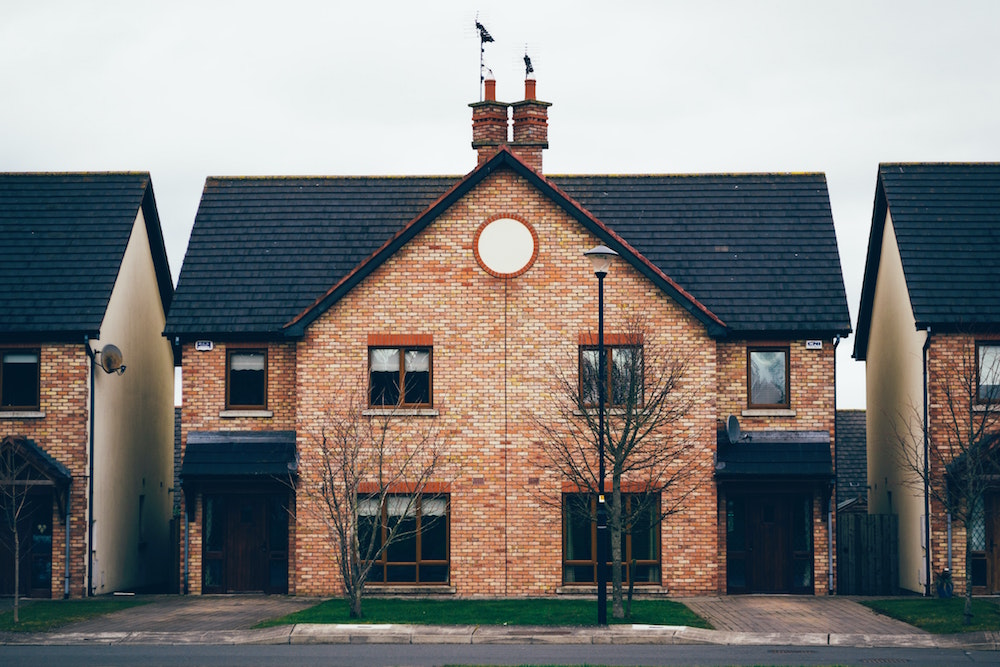
Do Your Research
One of my biggest pieces of advice for any renovation is to do your research before you do anything else. Knowledge is power, so equip yourself with a plan of what you want to do (Are you dreaming of new siding, replacing your roof or building a new fence?), how much it will cost and what permissions you’ll need to make it all happen. Being informed at the start will help the whole process run much smoother.

Check Your Status
If you live in a townhouse, you need to know if your home is a freehold (where you own, and are solely responsible for, all the land and structures within your property line) or a condominium townhome (where exterior spaces are common spaces). The answer will greatly impact what kinds of upgrades you’re allowed to do and how much you need to consult your neighbours for exterior changes.

Know (and Talk to) Your Neighbours
If you ask me, a lot of neighbourly disputes could be avoided with better communication. Put yourself in your neighbour’s shoes and let them know exactly what you’re thinking about doing. If you keep them in the loop, you can likely side-step a lot of issues and stress.

Ask Permission
Of course, if you’re considering an exterior change that will impact an adjoining property in any way, consulting your neighbour isn’t just a nice thing to do – it’s required. Projects that effect their home may require your neighbour’s OK to get necessary permits.
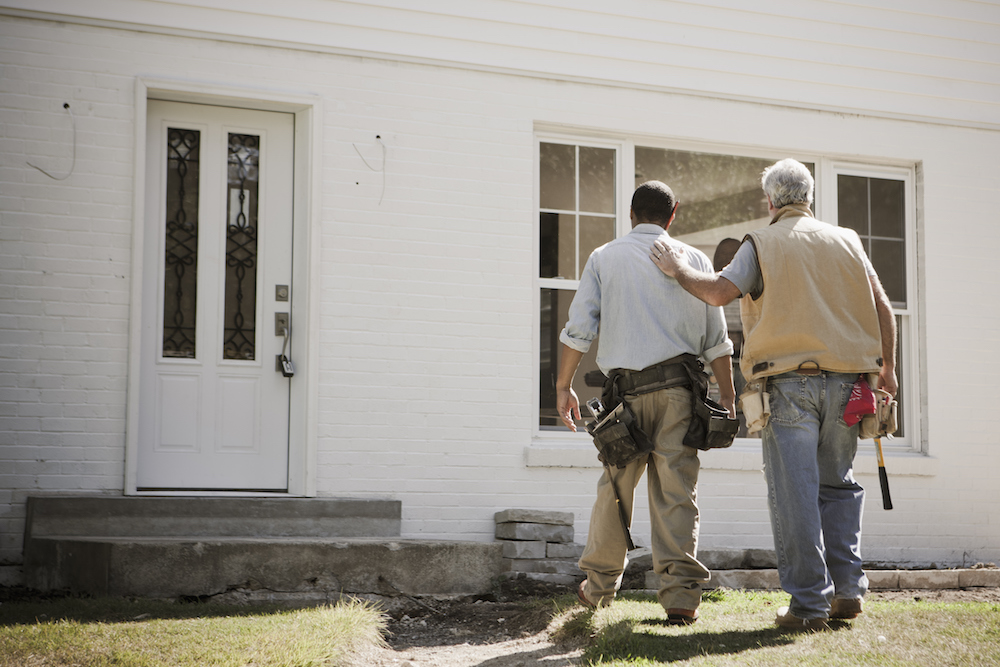
Consult a Pro
How can you know if your exterior upgrade will impact your neighbour or neighbours? If it isn’t obvious, it’s a good idea to consult with a professional contractor or inspector to assess the situation.

Know the Restrictions
For townhomes and semi-attached homes, there are likely restrictions to what changes you can make to the exterior. You shouldn’t, for example, just paint your condo townhouse unit’s exterior on a whim. Know the legal, community and other restrictions for what you can and cannot do before you start any exterior projects.
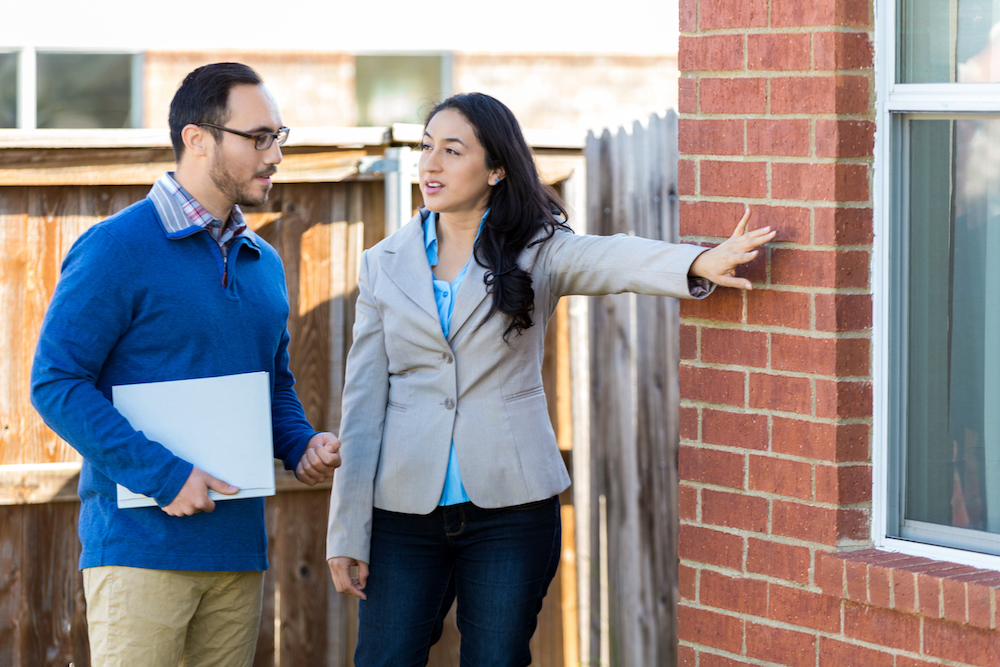
Get the Permits
This should go without saying, but – once you’ve determined that the changes you’re proposing are allowed and OK with your neighbours – make sure you get the necessary permits for any exterior renovation work you’re going to do. Don’t be tempted to skip steps – especially when neighbours can be impacted, you have to consider what could happen to their property (and you don’t want to risk big trouble for failing to follow the rules).

Share Your Timeline
As I mentioned earlier, communication with your neighbours is the secret to a stress-free reno experience – so make sure you keep them in the loop on your timelines when you’re making exterior upgrades.

Work Fast
With that in mind, if your exterior upgrades involve noise, workers wandering around or anything that could potentially make your neighbours cranky, it’s especially important (and courteous) to get the project completed as quickly as possible. If you’re doing the job yourself, don’t pick away at it for weeks on end. If this sounds like you, here are some of my tips to stop procrastinating your home reno.
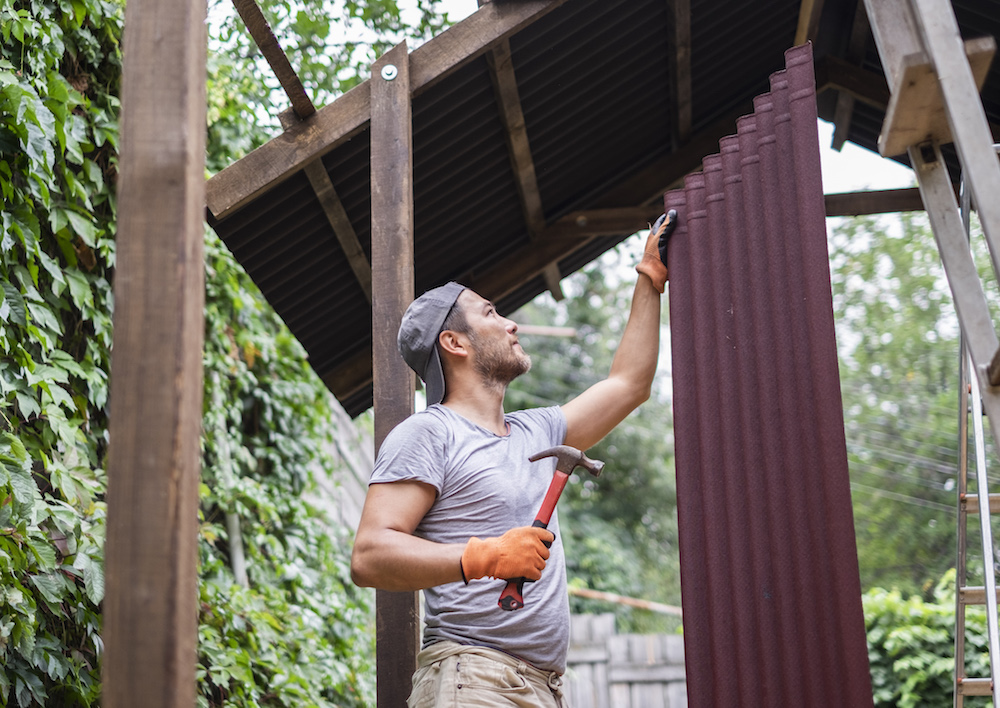
Know Your Limits
Because your home’s exterior isn’t really just your home’s exterior when you’re attached to a neighbour, it’s not the time to take chances with DIY projects that are outside of your capabilities. There’s no shame in hiring a professional for a home improvement project if you don’t have the skills – and you avoid involving your neighbours in a potential DIY fail.

Split the Costs
While exterior upgrades require more communication with your neighbours than would be needed in a detached home, they also offer one big benefit: you can sometimes split the costs of big-ticket and necessary projects – like replacing a run-down roof. Keep these advantageous economies of scale in mind when dealing with any downsides!
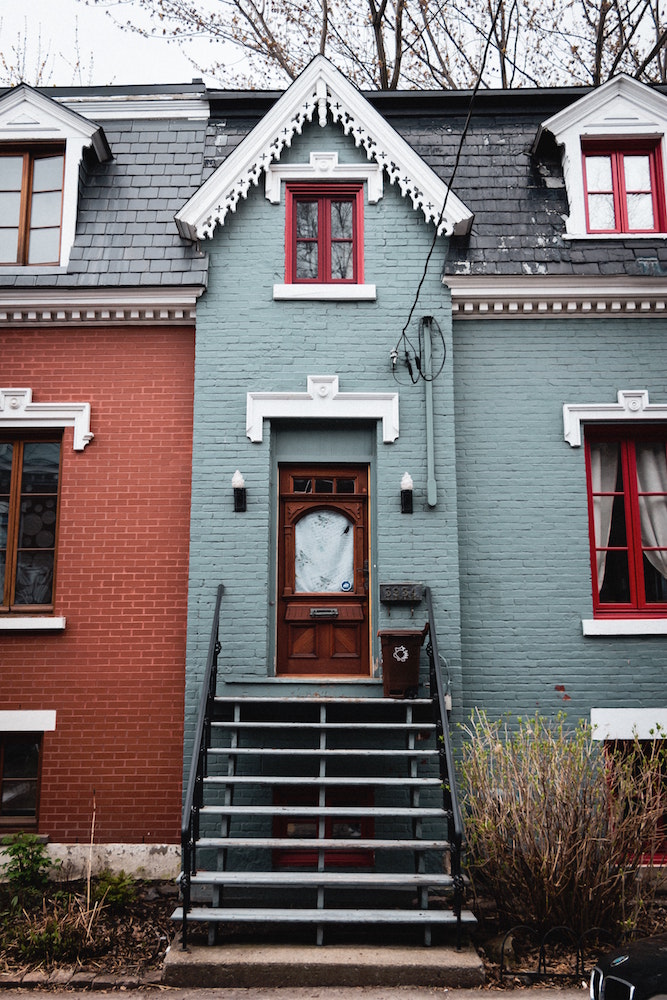
Roof Responsibility
One of the best places to share the cost of a shared exterior upgrade is with your roof. It’s not just cheaper for neighbours to split the cost of a new roof – if you fix only your side of the roof and your attached neighbour doesn’t, you might run into problems if their roof has issues or leaks. Use those great communication skills and come up with a plan for shared roof repairs and maintenance before there’s a major issue on either side.

Shared Fences
A backyard fence is a great exterior upgrade, giving your home privacy and a bit of style. Fences are also a place where neighbours can clash – especially when it comes to semi-detached or townhouse yards. First, check that you’re allowed to update your fence (some shared housing developments have rules about what’s allowed). Then, talk to your neighbours. Fences are a project where what you do will for sure impact your neighbour’s space, so they should always be consulted. Don’t forget: they might also be willing to share the cost of the fence.
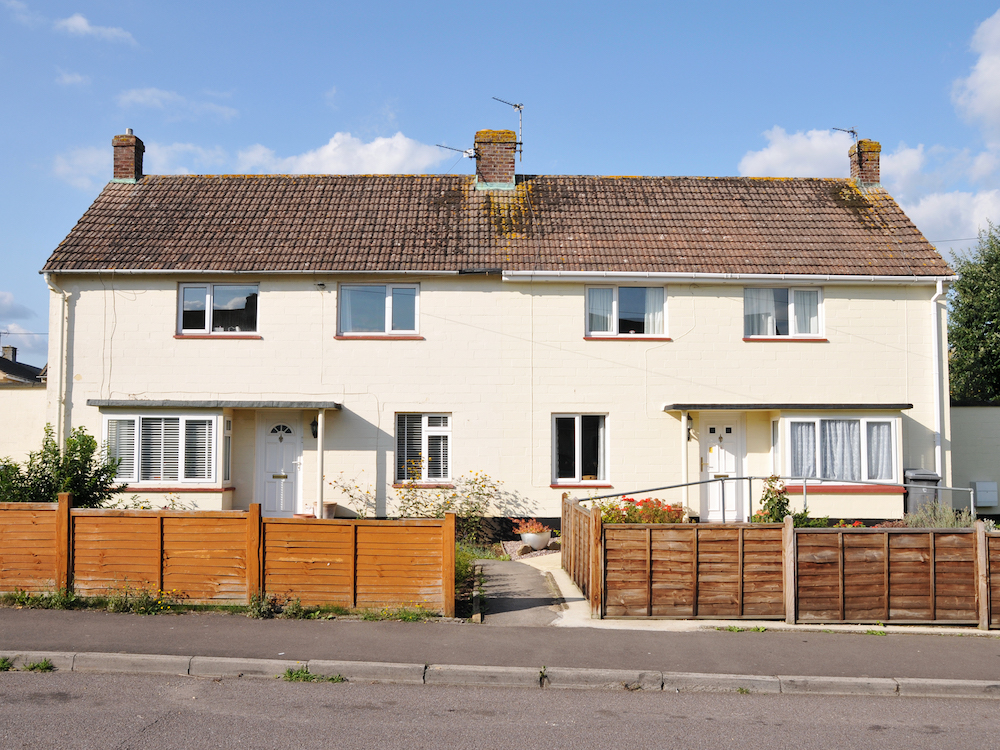
Make Sure You’re Ready for Maintenance
One last tip: think long-term before you consider any exterior upgrades. Are you prepared (and capable) of maintaining the updates you make? For example, don’t plant rows of shrubs that you have no plans of ever pruning. Nothing will annoy your neighbours faster than seeing adjacent spaces in disarray because you aren’t keeping your updates up to par.
Home Network your inbox.
By clicking "SIGN UP” you agree to receive emails from Home Network and accept Corus' Terms of Use and Corus' Privacy Policy.




